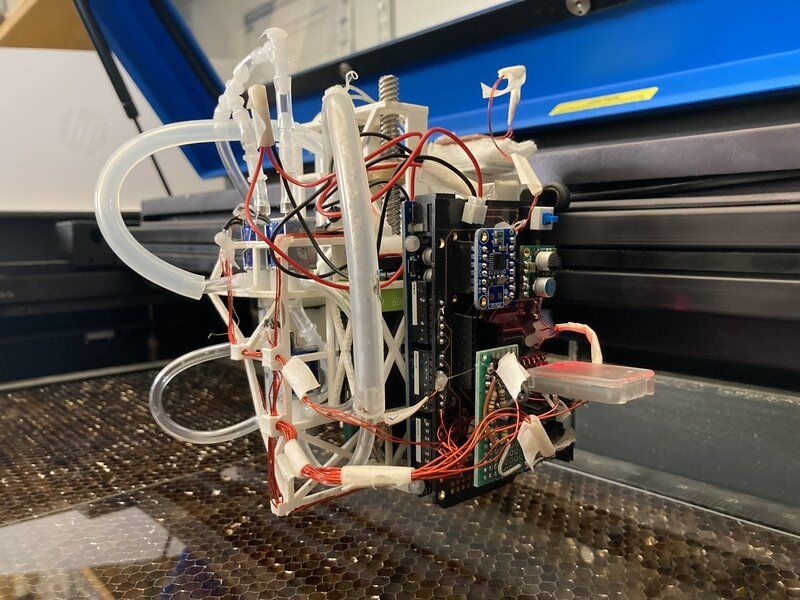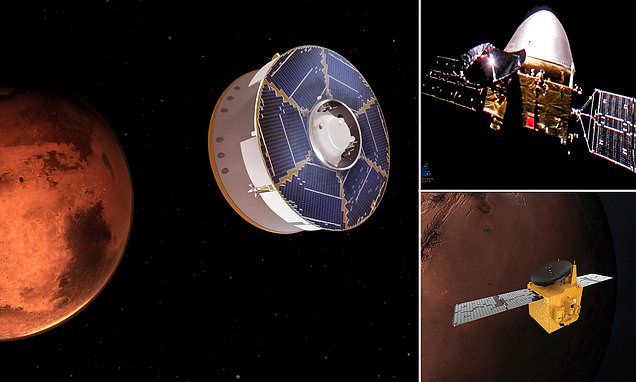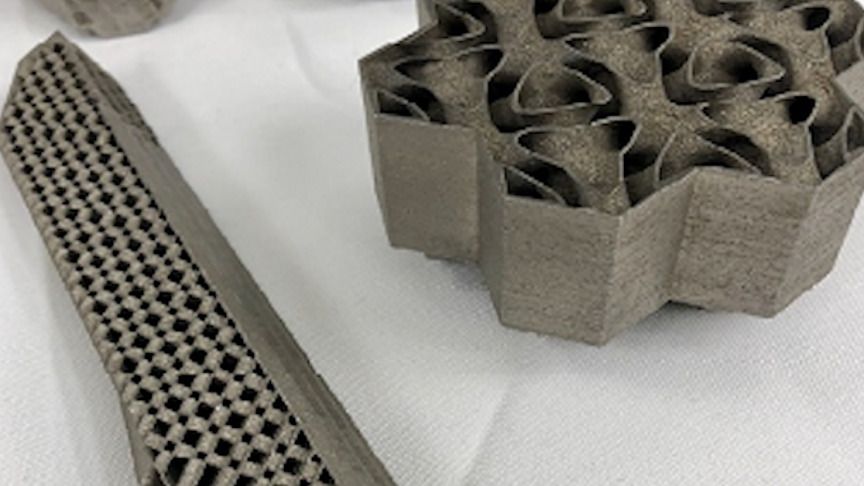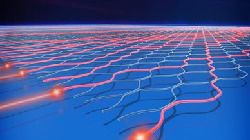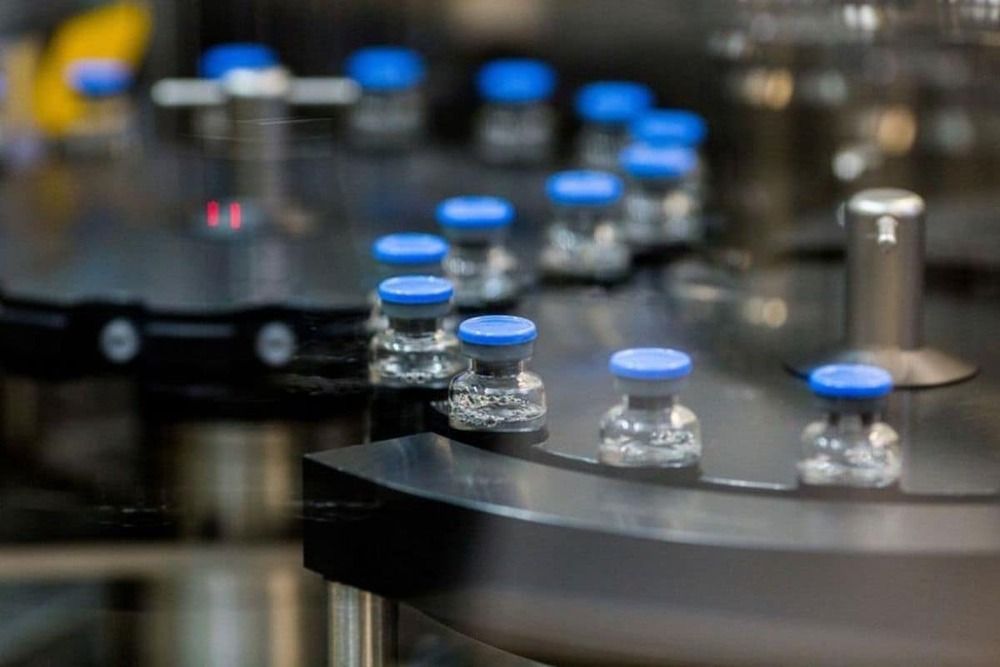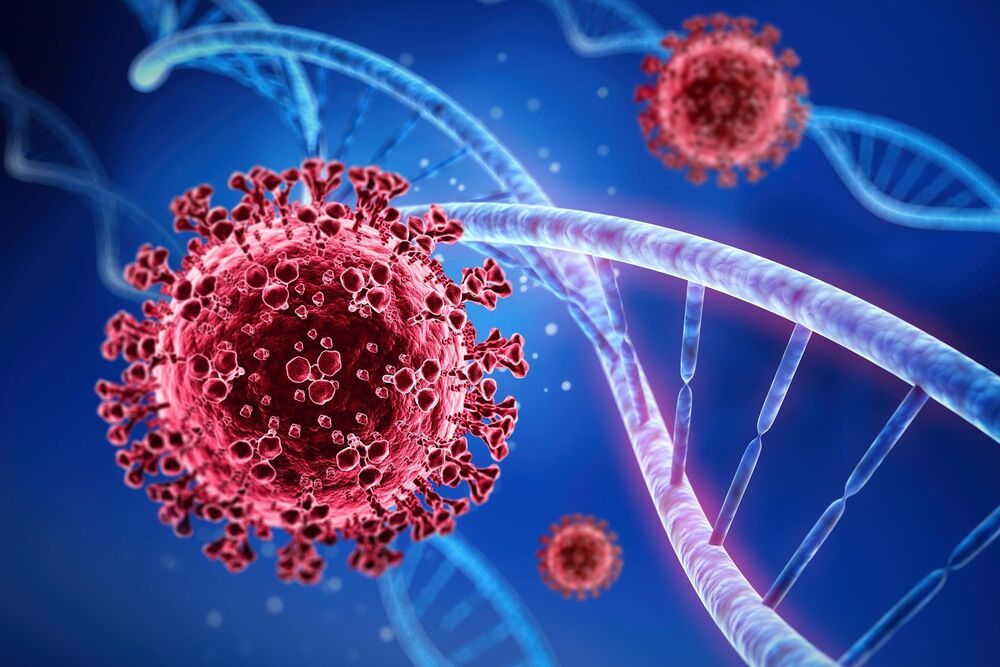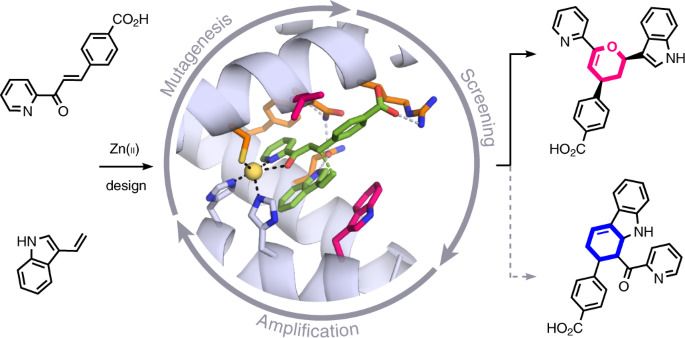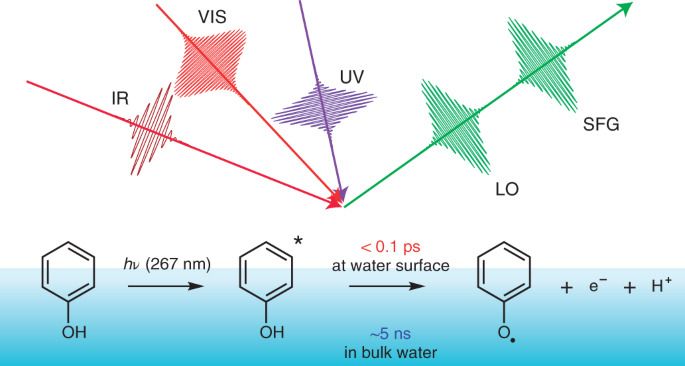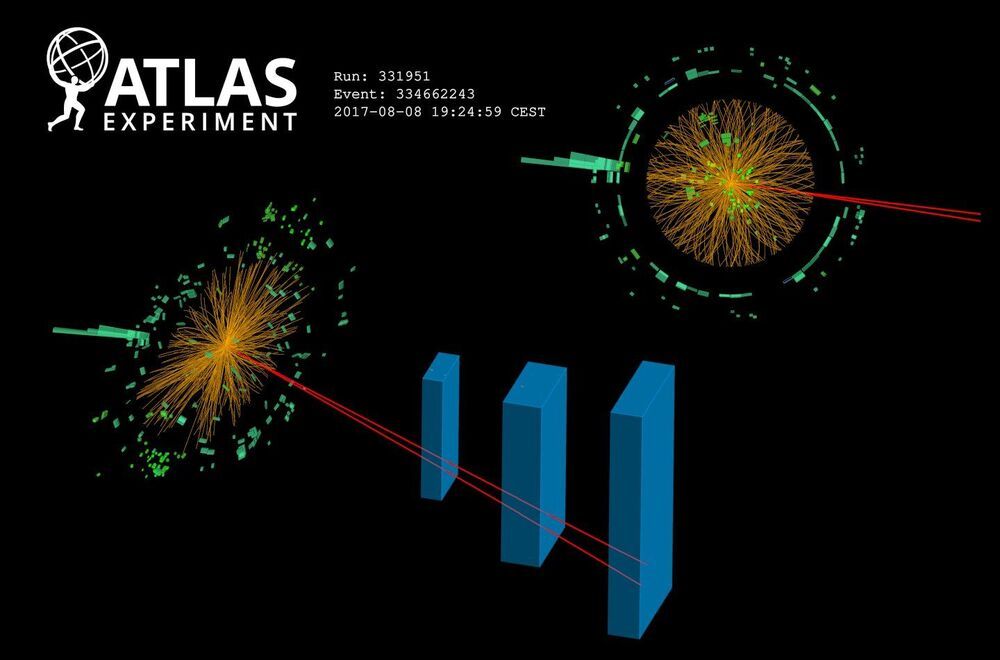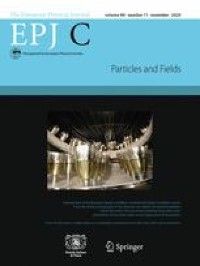Feb 10, 2021
Fabricating fully functional drones
Posted by Saúl Morales Rodriguéz in category: drones
From “Star Trek” replicators to Richie Rich’s wishing machine, popular culture has a long history of parading flashy machines that can instantly output any item. While 3D printers have now made it possible to produce a range of objects that include product models, jewelry, and novelty toys, we still lack the ability to fabricate more complex devices that are essentially ready-to-go right out of the printer.
